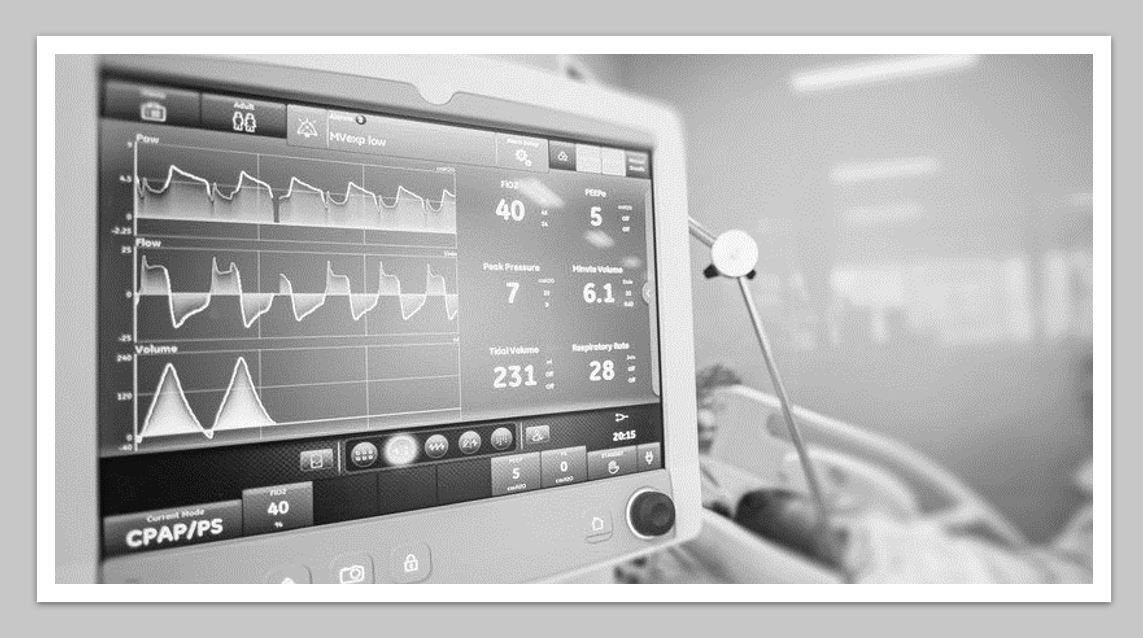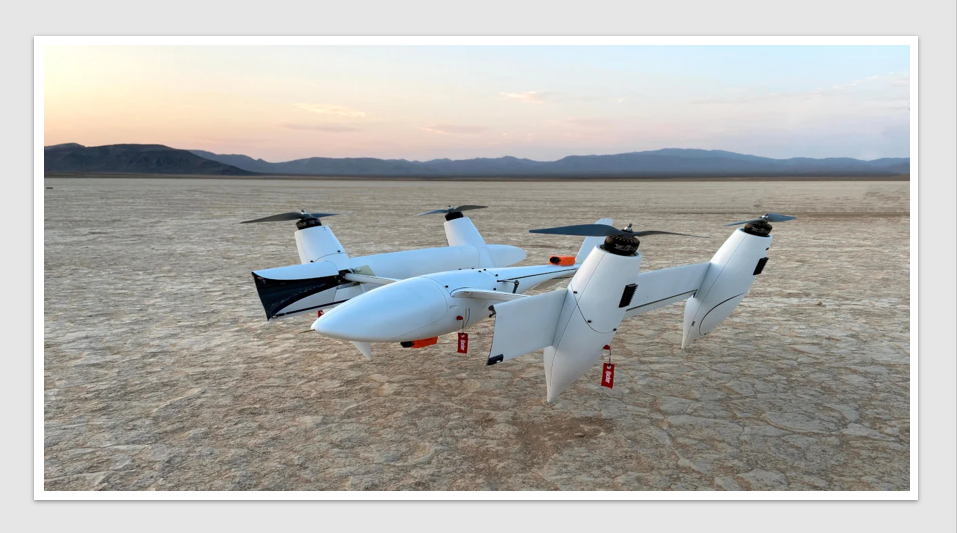News & Trends - MedTech & Diagnostics
Significant concerns regarding availability of ICU ventilators

MedTech News: The COVID-19 pandemic has caused disruption in health systems all over the world. It is anticipated that there will be a surge in the number of patients requiring respiratory support, and there may be a shortfall in the number of devices available, that are intended to ventilate these patients.
The virus spreads through droplets or contact spread. So far, we know the following:
- 17% of confirmed cases develop severe COVID-19 with acute respiratory distress syndrome (ARDS): 4% requiring mechanical ventilation and 4% having sepsis.
- At least 10% of reported positive COVID-19 cases require ICU involvement, many requiring urgent tracheal intubation for profound and sudden hypoxia.
There are significant concerns regarding the availability of ICU ventilators to meet potential needs and the TGA has been involved in exploring ways to further increase supply of ventilators when and where they are needed. This has included the recent expedited premarket approval of new ventilator devices.
Off-label use and modifications may be applied to ventilators, anaesthesia gas machines and other devices intended for respiratory support, in response to the COVID-19 pandemic. Although inclusion in the Australian Register of Therapeutic Goods (ARTG) is required for a medical device to be lawfully supplied, the TGA takes a proactive stance with respect to repurposing of alternative devices (such as veterinary devices) and rapid establishment of new manufacturing capability.
The UK MHRA, has recently published guidance on Rapidly Manufactured Ventilator System Specification. It is accepted that devices that comply with this specification, with adaptations to apply equivalent Australian standards, where relevant, may present a valuable resource to treat additional patients.
The TGA believes that modifications would not create undue risks in the following scenarios:
- The use of emergency ventilators and anaesthesia gas machines for patients needing mechanical ventilation:
- While an anaesthesia device has a ventilator within it, the overall device is not the same as an ICU ventilator, and it is critical to understand the differences in order to minimise risks to patients.
- The risks of an anaesthesia device used for ICU ventilation may be significantly greater for paediatric or neonatal patients. Such use is strongly discouraged.
- The use of ventilators outside their intended situation of use (for example, use of a ventilator in a health care facility when it is only intended for use at home or during transport);
- The use of devices indicated for sleep apnoea (including non-continuous ventilators delivering continuous positive airway pressure (CPAP) or bi-level positive airway pressure (BiPAP)) to treat patients with respiratory insufficiency, provided that appropriate mitigations are in place to minimise aerosolization;
- The use of oxygen concentrators for primary supply when medically necessary and clinically appropriate.
In such scenarios it is recommended suppliers / manufacturers are contacted for information on how best to use these devices, so that clinicians may make informed decisions about which patients they provide a suitable alternative for.
The proposed use of ventilator alternatives would be for short-term stabilisation (hours to days). Ideally, these would be able to function as a broader function ventilator which could support a patient for a number of days, when more advanced ventilatory support becomes necessary.
Important facts to consider when using any device for respiratory support:
- Evidence suggests that NIV (non-invasive ventilation) and HFNO (high flow nasal oxygen) should not be used when the patient has severe respiratory failure suggesting that invasive ventilation is inevitable. In these circumstances, patients should be transitioned to intubation and invasive ventilation without delay.
- The potential advantages of using HFNO and NIV need to be balanced against the risk of virus aerosolization. It should be assumed that NIV and HFNO are aerosol generating. Patients receiving these therapies should be cared for in airborne isolation rooms and staff should wear full PPE (including N95/P2 masks) while in the patient’s room.
- Clinicians considering use of the above alternative strategies during the pandemic must weigh the risks and benefits, ensuring proper training and safe handling of the devices. Manufacturers and suppliers should be contacted to obtain best information to support this.
Should components and breathing circuit supplies related to ventilators and anaesthesia gas machines be in short supply, strategies such as extension of the shelf life and duration of use should be considered. The duration of use of passive humidifiers (heat-moisture exchangers) may be considered to be extended for up to one week based on patient condition and available resources. The TGA strongly advises caution when considering alternatives or undertaking modifications to manufacturer approved breathing circuit supplies and components.
Note of caution on use of universal ventilators
Health professionals are advised to exercise caution when using universal ventilators for the following reasons:
- Universal ventilators may not be suitable for all patient groups, particularly newborns (neonates). Health professionals should exercise caution when ventilating neonates with a universal ventilator. These devices should not be the first choice of ventilator if a specialised ventilator is available.
- Instructions for Use for universal ventilators may not contain critical information, such as:
- the delivery or setting range the ventilator was tested at during verification of the device.
- the intended patient cohort for the device based on the range that was tested during verification of the device.
- information regarding validation of accessories.
- information regarding the lifespan of reusable accessories.
Digital & Innovation

Medical drone to reduce health equity gaps in rural and remote Australia
A specialised medical drone which increases accessibility to essential health services such as pathology, medicines, and telehealth services in rural […]
MoreNews & Trends - Pharmaceuticals

We’ve spent more on healthcare, but it’s been worth it
Healthcare expenditure is surging, with Australia now allocating approximately one-tenth of its budget to this sector. This financial uptick prompts […]
MoreNews & Trends - Pharmaceuticals

New partnership to raise the bar in precision oncology in Queensland
Pharma News: The Australian Translational Genomics Centre (ATGC) is teaming up with non-profit research organisation Omico and the PrOSPeCT program […]
MoreNews & Trends - Biotechnology

AusBiotech appoints new CEO: Former Sanofi corporate affairs and sustainability leader takes the helm
Biotech News: AusBiotech, the nation’s leading industry body for the biotech sector, has named former leader at Sanofi, Rebekah Cassidy, […]
More